NASA Thinking Ahead to Keep Up Launch Schedule
NASA officials have asked the U. S. Space and Rocket Center museum to return parts from two solid rocket boosters. They had given the parts to the museum in 1988 to be part of a full-size space shuttle exhibit. Even though the solid rocket boosters were designed for repeated use, some have been lost or damaged. In 1982, two sank to the bottom of the ocean when their parachutes didn't open. In 1986, two were destroyed with the Challenger. Four others were damaged when they landed in the ocean. NASA can use the parts from the museum to help keep up its launch schedule. It would cost $300,000 to take the parts from the museum, get them ready to fly, and build replacements for the display. Otherwise it would cost between $5 and $10 million to build new parts. It would also take about three years.What's New on the Site?
When Nature Strikes - Earthquakes
When Nature Strikes - Volcanoes
When Nature Strikes: Tsunami Classroom Activity
When Nature Strikes: Wildfires - Why are they a challenge to stop?
Windows to the Universe Community | |
News | Opportunities |
You might also be interested in:

Traveling Nitrogen Classroom Activity Kit
Check out our online store - minerals, fossils, books, activities, jewelry, and household items!...more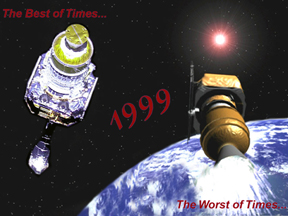
1999--A Year in Review...
It was another exciting and frustrating year for the space science program. It seemed that every step forward led to one backwards. Either way, NASA led the way to a great century of discovery. Unfortunately,...more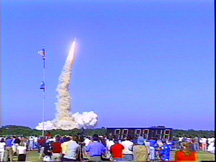
STS-95 Launch: "Let the wings of Discovery lift us on to the future."
The Space Shuttle Discovery lifted off from Kennedy Space Center on October 29th at 2:19 p.m. EST. The weather was great as Discovery took 8 1/2 minutes to reach orbit. This was the United States' 123rd...more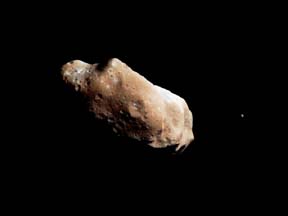
Moon Found Orbiting Asteroid
A moon was discovered orbiting the asteroid, Eugenia. This is only the second time in history that a satellite has been seen circling an asteroid. A special mirror allowed scientists to find the moon...more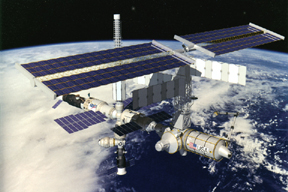
U.S. is Fed Up with Russia
Will Russia ever put the service module for the International Space Station in space? NASA officials want an answer from the Russian government. The necessary service module is currently waiting to be...more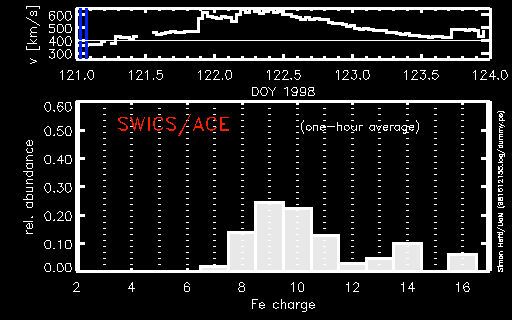
More on Recent Coronal Mass Ejection
A coronal mass ejection (CME) happened on the Sun early last month. The material that was thrown out from this explosion passed the ACE spacecraft. The SWICS instrument on ACE has produced a new and very...more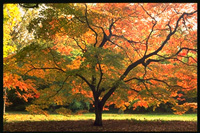
Mother Nature's Air Conditioning
J.S. Maini of the Canadian Forest Service called forests the "heart and lungs of the world." This is because forests filter air and water pollution, absorb carbon dioxide, release oxygen, and maintain...more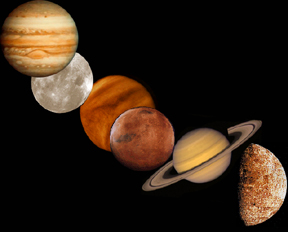
Planetary Alignment 2002
In late April through mid-May 2002, all five naked-eye planets are visible at the same time in the night sky! This is includes Mercury which is generally very hard to see. You won't want to miss this!...morePlease log in
Science Blogs
Real Climate: climate science from climate scientists

Windows to the Universe, a project of the National Earth Science Teachers Association, is sponsored in part is sponsored in part through grants from federal agencies (NASA and NOAA), and partnerships with affiliated organizations, including the American Geophysical Union, the Howard Hughes Medical Institute, the Earth System Information Partnership, the American Meteorological Society, the National Center for Science Education, and TERC. The American Geophysical Union and the American Geosciences Institute are Windows to the Universe Founding Partners. NESTA welcomes new Institutional Affiliates in support of our ongoing programs, as well as collaborations on new projects. Contact NESTA for more information.





